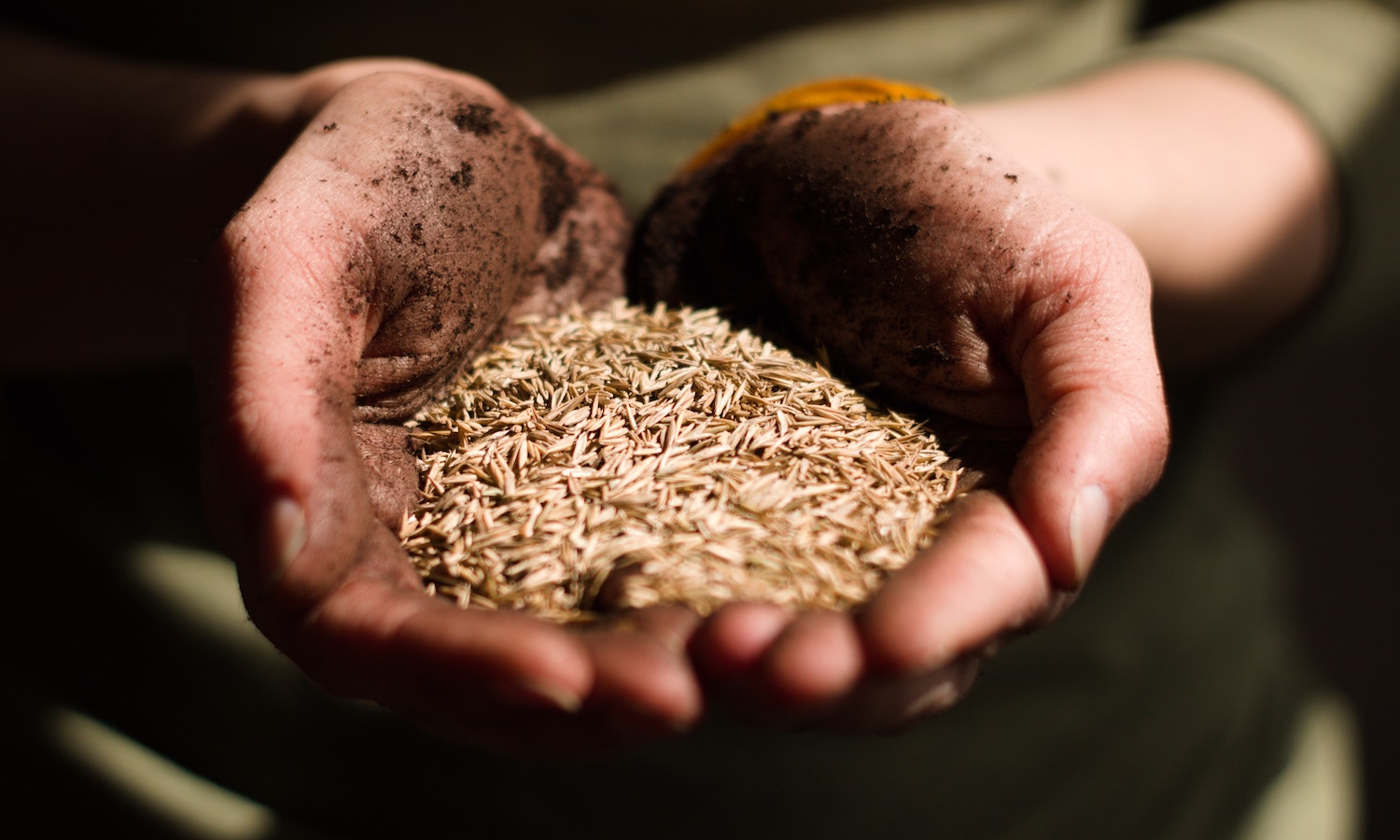A recent report by the U.N. Food and Agriculture Organization (FAO) and the World Food Programme (WFP) finds that acute food insecurity is likely to deteriorate in 20 countries and requires urgent humanitarian action.
Ethiopia, Nigeria, South Sudan and Yemen remain at the highest alert from the previous edition of the report. These countries classify as Phase 5, signifying they require the most urgent humanitarian action to prevent famine and death.
The report, “Hunger Hotspots: Early Warnings on Acute Food Insecurity,” identifies hunger hotspots; countries or situations where food insecurity is the most severe. Among the 20 hotspots are Honduras, Afghanistan, and Lebanon.
According to WFP, over 160 million people experience food insecurity around the globe—a 26 million increase from 2019. The report estimates that over 43 million people in 33 countries are at risk of famine or famine-like conditions, unless they receive life-saving assistance.
“[The hunger crisis] is no longer about specific countries or regions. It is a global problem like the pandemic and the climate crisis that requires a global solution,” Shaza Moghraby, Head of Communications and Spokesperson for WFP, tells Food Tank.
In hotspots, drivers of food insecurity co-exist and reinforce one another. These drivers include organized violence and conflict, economic shocks, the COVID-19 pandemic, extreme weather due to climate change, and animal and plant pests and diseases. According to the report, organized violence or conflict is the primary driver of acute hunger globally.
The report also identifies upcoming trends in acute food insecurity, including an unprecedented increase in world hunger, food prices, and the cost of getting food to people in need.
“Conflict, climate change, the socio-economic impact of COVID-19, and rising costs of living are creating this band of instability around the world that is driving global hunger and malnutrition to unprecedented levels,” Moghraby tells Food Tank.
WFP Executive Director David Beasley refers to this confluence of drivers as a “ring of fire” that circles the globe.
“Alongside support to humanitarian action, we also need stronger political will to end conflict in places like Yemen, Ethiopia and South Sudan as well as a deeper commitment to the targets set by the Paris Agreement to limit the impact of climate shocks,” Moghraby tells Food Tank.
In South Sudan, the report estimates that 6 million people experienced food insecurity in 2021 and the country’s macroeconomic crisis, political instability and intercommunal violence will continue to drive that rate up.
Meshack Malo, the FAO representative for South Sudan, emphasizes that peace is critical to prevent the country’s hunger situation from worsening. “We cannot have food security without peace, and we cannot have peace without food security,” he says.
In South Sudan, FAO hopes to see the country support itself and no longer rely on aid. To reach this goal, Malo says FAO is working to provide people with the necessary agricultural resources to feed themselves, which also offers them a sense of dignity and hope.
FAO finds that up to 95 percent of South Sudan’s population depends on farming, fishing, or herding to meet their food and income needs. Malo says that supporting agricultural activity also protects people’s livelihoods. He adds that the report serves as an important advocacy tool and data resource to help FAO make well-informed decisions.
But the COVID-19 pandemic is compounding the country’s hunger situation. “[The pandemic] demonstrated that we live in a global village,” he says. “The breakdown of supply chains caused ripple effects that were felt all the way to the villages.”
The report offers country-specific recommendations in both forms of emergency response to address immediate crises and proactive interventions to prevent hunger from worsening.
In South Sudan, the report recommends that humanitarian forces take anticipatory action by distributing seeds and tools to allow for timely planting and setting up cash-based transfers and food donations to households before the lean season in May.
The report also recommends providing life-saving assistance to refugees, backing up the Sudan Family Support Programme, and providing food security and nutrition programming in South Kordofan and Blue Nile states, where humanitarian access is possible for the first time in 10 years. In order to carry out their work, Malo tells Food Tank that partnerships with local governments, non-governmental organizations, and community-based organizations “help us reach the last mile.”
As Russia’s war on Ukraine continues, the conflict is predicted to further exacerbate the hunger crisis around the world. Russia and Ukraine are two of the world’s leading exporters of wheat, and are responsible for more than one-third of global cereal exports. But the violence is disrupting supply chains, interfering with harvesting and planting schedules, damaging crops, and displacing agriculture labor.
“The continuation of this conflict, already a tragedy for those directly involved, will be catastrophic for the entire world, and particularly those that are already struggling to feed their families,” Gilbert Houngbo, President of the International Fund for Agricultural Development says in a statement.
Articles like the one you just read are made possible through the generosity of Food Tank members. Can we please count on you to be part of our growing movement? Become a member today by clicking here.
Photo courtesy of Vince Veras, Unsplash











